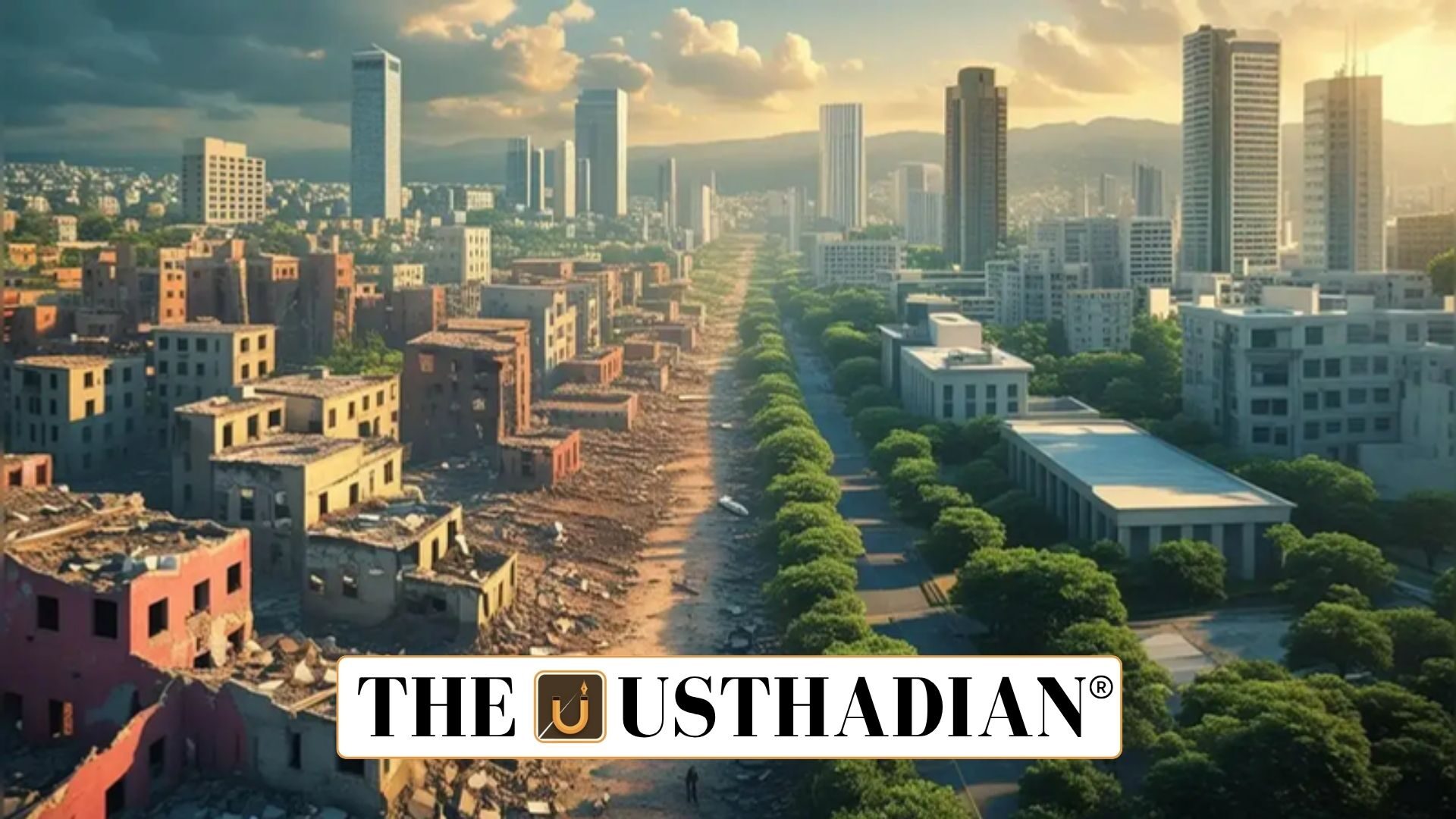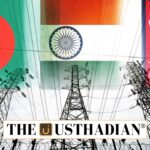A major fall in poverty levels
269 Million Indians Cross Extreme Poverty Threshold: Between 2011-12 and 2022-23, around 269 million Indians moved above the extreme poverty mark. According to the World Bank’s revised poverty threshold of $3 per day, only 5.3% of Indians were considered extremely poor by 2022, down from 27.1% in 2011. This progress shows how much living conditions have improved over the past decade.
Such a change means that many families now have better access to food, clean water, electricity, and education. It also highlights the impact of focused government schemes and economic reforms.
What the new poverty line means?
The poverty line is used to decide who is unable to afford basic necessities like food, housing, and healthcare. The World Bank updated this line to $3 per person per day in 2021 PPP terms. Earlier, the standard was $2.15 per day.
The change accounts for inflation and rising costs globally. For reference, countries like India—classified as lower-middle-income economies—also consider $4.20 per day as another important benchmark, while $8.30 is used for upper-middle-income nations.
Difference between rural and urban areas
India’s progress in poverty reduction is visible across both city and village populations:
- In rural regions, poverty declined from 18.4% to 2.8%
- In urban areas, it dropped from 10.7% to 1.1%
This shows that development is not just happening in cities. Villages too have gained from better infrastructure, financial services, and government outreach.
Improvement in multidimensional poverty
The Multidimensional Poverty Index (MPI) looks beyond income. It measures poverty based on six key indicators, including access to education, health, electricity, clean water, and sanitation.
India’s MPI stood at 53.8% in 2005-06. It dropped to 16.4% by 2019-21 and then fell further to 15.5% in 2022-23. That’s a big shift toward overall well-being.
Key schemes that supported this change
Multiple social programs helped India achieve these numbers:
- PM Awas Yojana gave poor families solid homes with basic utilities
- PM Ujjwala Yojana provided clean LPG fuel, especially helping rural women
- PM Jan Dhan Yojana increased access to banking, helping people save and borrow
- Ayushman Bharat offered free hospital care, reducing out-of-pocket health expenses
Together, these efforts improved quality of life and financial security, particularly for the most vulnerable.
Static Usthadian Current Affairs Table
269 Million Indians Cross Extreme Poverty Threshold:
| Topic | Key Facts |
| People Lifted From Poverty | 269 million (2011-12 to 2022-23) |
| New World Bank Poverty Line | $3/day (2021 PPP) |
| Rural Poverty (2022-23) | 2.8%, down from 18.4% |
| Urban Poverty (2022-23) | 1.1%, down from 10.7% |
| Multidimensional Poverty Rate | 15.5% in 2022-23, was 53.8% in 2005-06 |
| PM Awas Yojana | Provided pucca homes to poor households |
| PM Ujjwala Yojana | Enabled LPG access for rural and low-income groups |
| PM Jan Dhan Yojana | Created 50+ crore bank accounts for financial inclusion |
| Ayushman Bharat Scheme | Covers up to ₹5 lakh in hospital bills per family per year |
| Static GK Fact | Tendulkar Committee (2009) first defined modern poverty lines in India |








